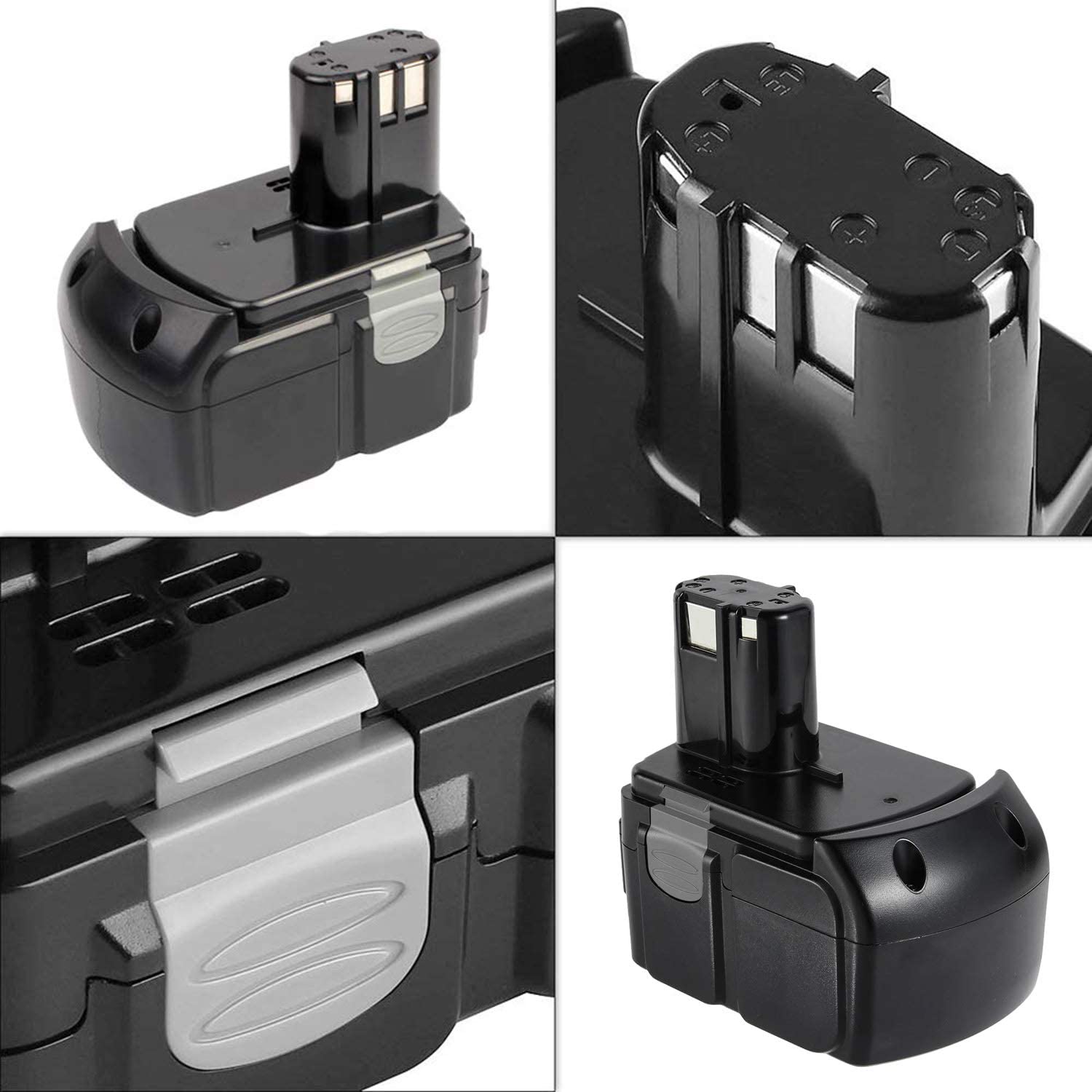Today BattAussie experts talk about getting the most out of your Hitachi EBM1830 cordless drill batteries. Whether you’re a weekend warrior tackling DIY projects or a tradesperson on a busy job site, these tips will help you keep your tool powered up and ready for action.
1. Understanding Your Battery
Your Hitachi EBM1830 battery is a 18V Lthium-ion (Li-ion) powerhouse designed for reliability and longevity. It boasts a 3000mAh capacity, which means it can handle extended use on most Hitachi cordless tools. Li-ion batteries are known for their low self-discharge rates and ability to hold a charge even when not in use for months.
2. Charging Best Practices
- Use the Right Charger: Pair your EBM1830 with Hitachi’s UC18YFSL charger for optimal charging efficiency. While third-party chargers may work, sticking to OEM or certified compatible chargers ensures safety and prolongs battery life.
- Avoid Overcharging: Modern Li-ion batteries don’t require a full discharge before recharging. In fact, frequent “top-ups” are better. Charge the battery when it’s around 20-30% to avoid deep discharges that can shorten lifespan.
- Charge in Moderate Temperatures: Charge your battery in a cool, dry place. Extreme heat or cold can reduce charging efficiency.
3. Usage Tips
- Let It Breathe: Before first use, let the battery sit for 1 minute after removing it from the charger. This allows internal chemical processes to stabilize.
- Work in Stages: For heavy-duty tasks, take breaks to let the battery cool down. Overheating during use can degrade performance.
- Store Properly: When not in use for extended periods, store the battery at 50% charge in a cool, dry place. Avoid damp basements or hot sheds—temperature extremes are battery killers!
4. Maintenance & Longevity
- Clean Contacts Regularly: Use a dry cloth to wipe the battery’s metal contacts. Dirt or corrosion can cause poor connectivity and reduce power output.
- Avoid Physical Damage: Handle the battery with care. Drops or impacts can damage internal cells, leading to performance issues.
- Recycle Responsibly: When it’s time to replace your battery (after 500-600 charge cycles), recycle it through Hitachi’s official channels or local e-waste programs. Never dispose of Li-ion batteries in regular trash!
5. Climate Considerations for Australia & New Zealand
- Hot Weather Care: In summer, avoid leaving your battery in a hot car or under direct sunlight. If the battery feels warm to the touch after use, let it cool down before charging.
- Dust & Debris: On construction sites, protect the battery’s ventilation ports from dust. Use a soft brush to clean them periodically.
- Humidity: In coastal areas, store the battery in a sealed container with silica gel packets to absorb moisture. High humidity can lead to corrosion.
6. Troubleshooting Common Issues
- Battery Not Charging? Check the charger’s LED indicators. If it blinks or shows an error, try a different outlet or charger. Contact Hitachi support if the issue persists.
- Reduced Runtime? A sudden drop in performance may indicate a faulty cell. Have the Hitachi power tools battery tested by an authorized service center.
Hitachi EBM1830 battery is a workhorse, but it needs a little TLC to stay that way. By following these tips, you’ll maximize its lifespan, avoid costly replacements, and keep your cordless drill performing at its best—whether you’re drilling holes in timber or driving screws into gib board. Happy DIY-ing! 🛠️

